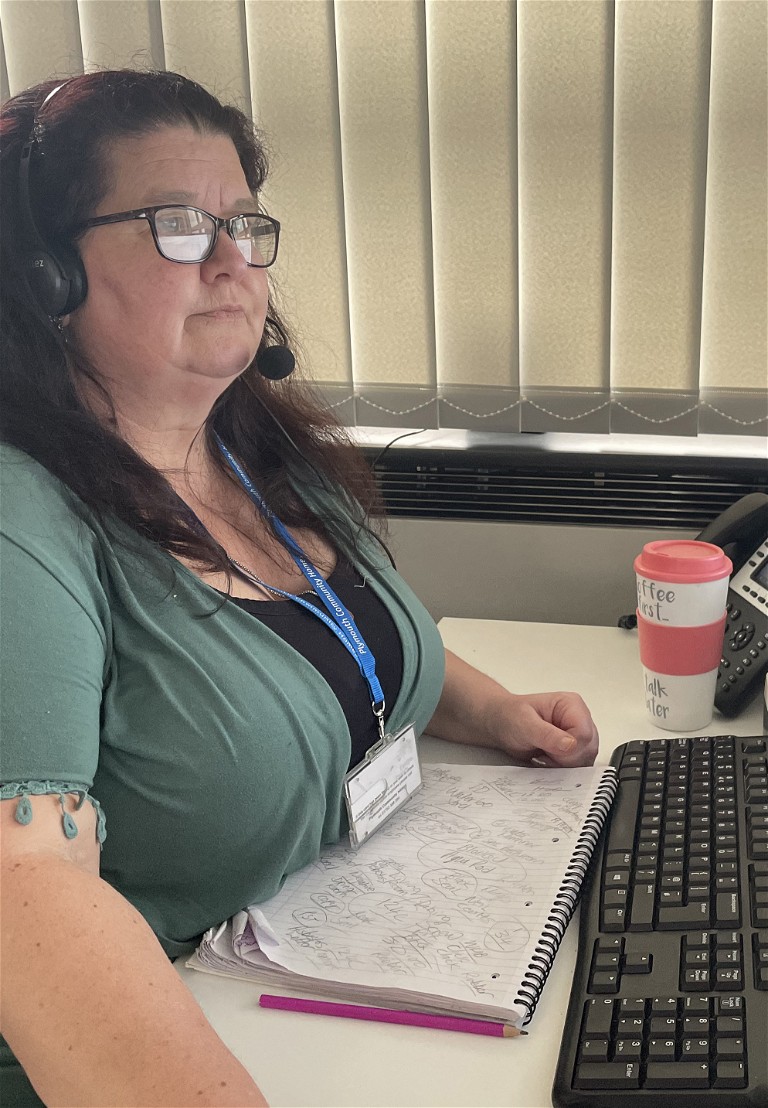HOW PCH PREPARED FOR STORMY WEATHER!
All hands were on deck in February as PCH braced itself for a series of storms that battered the UK.
Severe weather warnings from the Met Office meant that staff had to act fast and take drastic action to prepare for dangerous gale force winds.
Two storms hit the UK in quick succession, Storm Dudley, followed by Storm Eunice.
Roof tiles were blown off at Keat Street in Devonport, and many properties saw fences blown over or damaged. As the city prepared for even more wild weather. Our contact centre was extremely busy as residents reported many cases of storm damage.
Over that February weekend, phone lines in the PCH contact centre received 2,196 phone calls. According to those manning the phones, the majority of calls were reports of storm damage.
Extra hands were drafted in as call operators, Mark Boyd and Laura Vince volunteered for overtime.
Staff working over the weekend had to prioritise emergency calls over less urgent repairs. On one day alone, 70 calls for emergencies came in and had to be prioritised to keep residents safe.
Ben Rose, Contact Centre Manager said: “All our teams did an outstanding job both in the days leading up to the storms and throughout them to help protect residents, properties, and buildings across Plymouth.
“The efforts from the team were incredible, even stepping-in on the weekend to speak with our residents, taking well over 2,000 inbound calls during some of the worst storm conditions we’ve seen in many years.
Thanks to a lot of dedication, hard work and care, they were able to keep our residents safe, protect properties and potentially save lives.”

He added: “I could not be prouder to be part of the contact centre PCH team, watching the focus, care and dedication shown to support the people of Plymouth.”
After the high winds subsided, much of the damage became clear. However, not all the storm damage was immediately obvious. PCH’s tree specialist, Joe Berryman, had to inspect some trees to check for branches that could have posed a danger. Damaged branches could pose a future risk, especially if more bad weather were to be on the horizon. A branch could easily snap and fall to the ground if not identified and dealt with.
Joe explained: “With some large and old trees, it’s recommended they are inspected following a storm, to check for any signs of new structural risk features.
“I was out surveying a small, wooded patch recently, which took quite a beating from the storms. The trees that withstood storm Eunice needed to be checked for signs that indicate they are now a safety concern, or will become one in the near future.”
Ian Frazer, from the neighbourhood management team was thrilled with the efforts made by staff. He said: “I am always impressed and proud how all of the PCH teams, both office based and, on the frontline, come together and provide excellent services at a time of crisis.
“During the storms everyone was calm and professional and there was a willingness to work additional hours to help our residents. I would also like to thank our customers for their patience and understanding not only during the storms but also in relation to the timescales to complete permanent repairs.”
Scientists predict that extreme weather events such as those seen in February could become more frequent due to climate change. With this in mind, it’s important to talk to us and let us know if your property may have been damage.